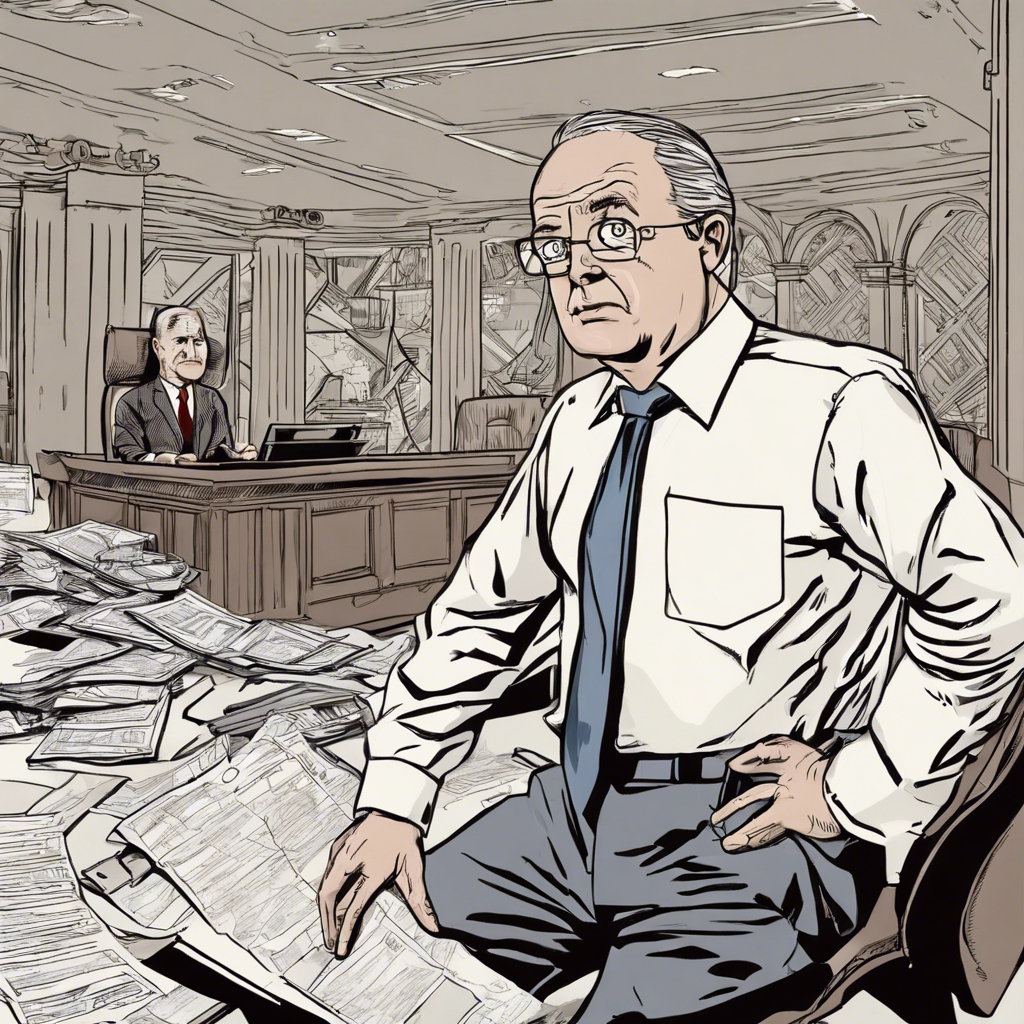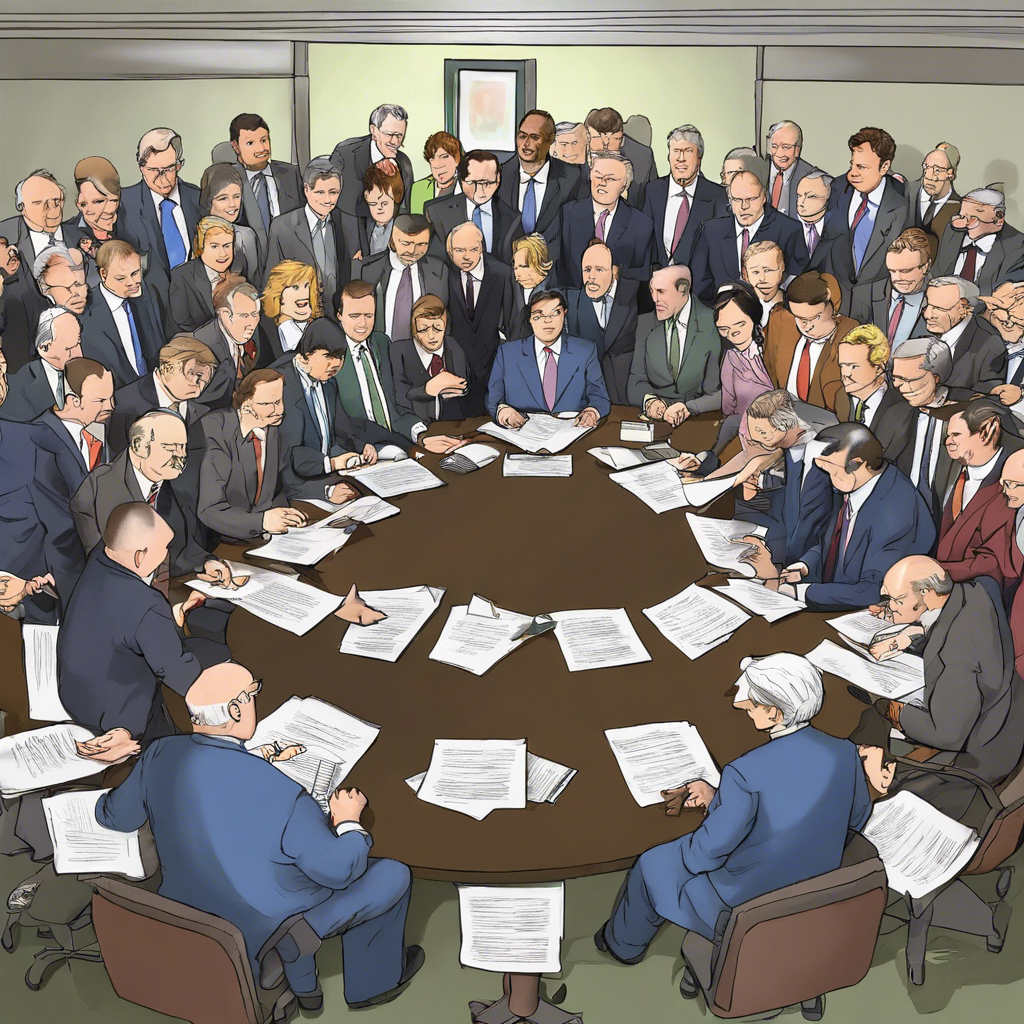Collision repair facilities in Wisconsin are struggling as insurance companies refuse to pay for certain parts and procedures, leading to rising repair costs and technician shortages.
A lobbyist from the Wisconsin Collision Repair Professionals (WCRP) recently met with the state’s insurance commissioner to discuss the concerning trend of insurance companies refusing to cover repair costs. Jolene Plautz, who works with the WCRP’s legislative committee, highlighted issues related to indemnification, appraisals, co-pays, and insurers’ refusal to cover labor and repair costs. This article explores the impact of insurance companies’ cost-cutting measures on collision repair facilities and the potential consequences for customers.
Rising Costs and Aggressive Tactics
Insurers in Wisconsin have been raising rates by an average of 38.9% year-over-year, well above the national average of 16%. Despite these rate increases, insurers are increasingly refusing to pay for certain parts or procedures in an attempt to control claims costs. This has resulted in collision repair facilities struggling to make a profit and, in some cases, even stay in business.
Technician Shortages and Industry Impact
The refusal by insurance companies to cover labor rates and repair costs has led to a shortage of skilled technicians in the collision repair industry. Faced with more competitive wages in other sectors, technicians are leaving the industry, exacerbating the challenges faced by repair facilities. This shortage not only affects the quality and timeliness of repairs but also puts customers at risk if repairs are compromised due to cost-cutting measures.
Questions for the Insurance Commissioner
During the meeting with Insurance Commissioner Nathan Houdek, Jolene Plautz posed several questions related to the issues faced by collision repair facilities. These questions included how stakeholders can work together to make repair facilities competitive in the labor market, why insurers refuse to pay posted labor rates, and what recourse customers have when an insurer refuses to cover necessary repairs. Plautz also questioned whether insurers’ refusal to pay for OEM-recommended procedures would be considered arbitrary and capricious, potentially compromising vehicle safety.
Limited Regulatory Authority
In response to the questions raised by Plautz, Andrea Davenport, an attorney with the Wisconsin Office of the Commissioner of Insurance (OCI), explained that the OCI’s regulatory authority over insurers’ claims handling process is somewhat limited. While the OCI can investigate potential violations of insurance statutes or rules, it cannot force insurers to pay claims or determine the value of a claim. Davenport advised Plautz to encourage repair facility members to submit complaints to OCI to review potential violations.
National Concerns and Industry Dialogue
The rising repair costs and insurers’ refusal to cover them have become a topic of discussion nationwide. In Nevada, the Division of Insurance recently hosted a forum to address the factors driving up costs and the importance of ensuring proper compensation for repair facilities. Aaron Schulenburg, executive director for the Society of Collision Repair Specialists (SCRS), emphasized the need for insurance businesses to collect rates that allow them to function properly while also ensuring complete indemnification for customers.
Conclusion:
The refusal by insurance companies to cover repair costs is placing a significant burden on collision repair facilities in Wisconsin. Rising repair costs, technician shortages, and compromised safety are just a few of the consequences of this trend. The industry is calling for dialogue and collaboration to find a solution that balances insurers’ need for profitability with the safety and quality of repairs. As customers continue to face the rising cost of insurance, it is crucial that their claims are handled fairly and that repair facilities are adequately compensated for their work.


